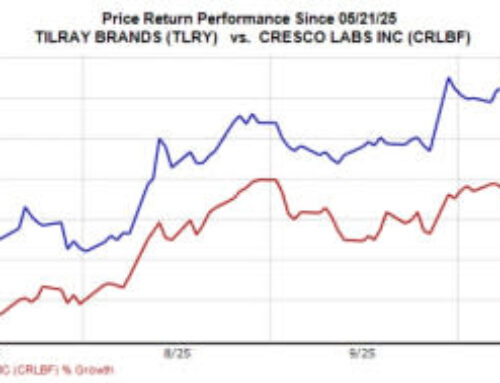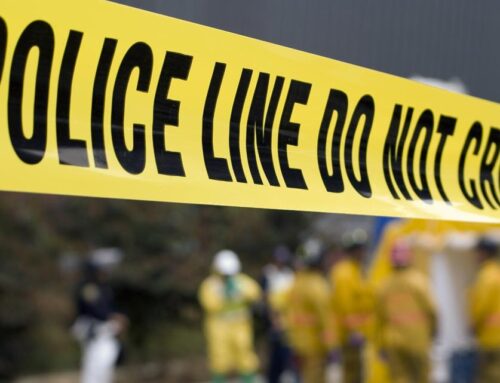Here’s what the remediation for environmental issues may look like at Burnham Yard
November 20, 2025
The historic railyard likely contains subsurface contamination from decades of industrial use that will need to be addressed before the planned stadium.
DENVER — The Denver Broncos’ preferred stadium site at Burnham Yard may require extensive environmental testing and potential remediation due to contamination from nearly 150 years of railroad operations before construction can begin on the planned 2031 venue.
John Spear, a professor in the Department of Civil and Environmental Engineering at the Colorado School of Mines, said the historic railyard likely contains subsurface contamination from decades of industrial use that will need to be addressed before the planned retractable-roof stadium can be built.
“Diesel engines, diesel locomotives, railcars that spilled or leaked over time, the course of the history of these yards, and that sort of stuff is going to be just sitting in there in the subsurface,” Spear said. “Pools of contaminants.”
The 58-acre Burnham Yard site, which the Colorado Department of Transportation purchased from Union Pacific Railroad in 2021, ceased rail operations in 2016. The Broncos, City of Denver, and the state of Colorado announced the location as the preferred site in a joint statement earlier this year.
Spear said the contamination at Burnham Yard could be more extensive than what was found at Coors Field, which was also built on a former railyard site.
“There’s a big difference in that Burnham Yard is a place that was all rail, and rail traffic is moving tons of goods through the city all the time,” he said. “Some of those things are going to spill, some of those things are not going to spill, and what you end up with is a potentially more contaminated site here at Burnham Yards than you had at Coors Field.”
The contamination can exist in both soil and groundwater, according to Spear. Testing could involve drilling holes to extract groundwater samples and pulling up soil samples to check for metals, chemicals, and other contaminants.
“If this soil ends up being a problem, you can physically remove it,” Spear said. “If it’s not being a problem, you can leave it and that has to be determined.”
One potential concern is dust and particulates that could blow from the site and be inhaled by people, though Spear said parking lots and other development may limit or prevent that issue. Capping the contaminated site serves as its own solution by locking contaminants below and preventing water from permeating the area, he said.
Despite the contamination concerns, Spear said he does not foresee anything bad enough to derail the stadium project.
“I kind of think at a historical railroad site, things probably are treatable,” he said. “I think this site’s going to be treatable and probably buildable.”
The timeline for testing and remediation should not significantly delay the project, he thinks. He estimated a year of testing, a year of analyzing and a year of starting fixes, with much of the remediation work potentially happening simultaneously with construction.
Historic railyard sites remain attractive for stadium development because they offer open land with existing infrastructure at lower costs than areas that have not been developed.
“The beauty of this site, too, is the infrastructure that’s around it,” he said. “You’ve got light rail, highway access. You just have to deal with the contaminated land and make sure that it’s reclaimed and remediated in the best way possible.”
The Colorado Department of Transportation said it has no information on remediation costs, as levels will depend on what is built in certain locations. CDOT said it is not doing that work and expects it to be done by the developer.
The team is targeting completion for the 2031 NFL season.
Search
RECENT PRESS RELEASES
Related Post




